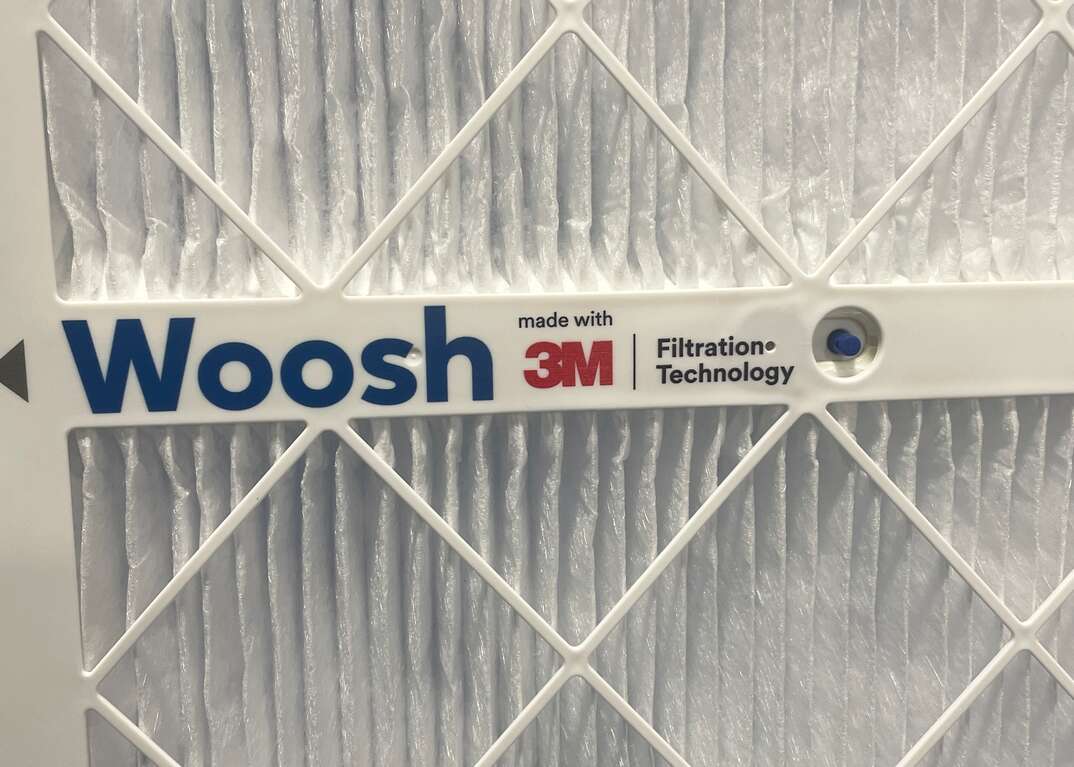What Are the Different Types of Radiators?

Radiators are an integral part of any central heating system, providing warmth and comfort during the colder months.
This May Also Interest You: It’s Too Hot in Here! How to Turn Down Your Radiator
Therefore, when it comes to heating your home efficiently and effectively, understanding the different types of radiators available is crucial.
8 Types of Radiators
1. Single Panel Radiator
- What it is: Single panel radiators consist of a single panel hot water flows through to emit heat into the room.
- How it works: Hot water circulates through the single panel, transferring heat to the surrounding air.
- How it's different: Single panel radiators are compact and suitable for smaller spaces or rooms with limited wall space.
2. Double Panel Radiator
- What it is: Double-panel radiators feature two panels for increased heat output compared to single-panel radiators.
- How it works: Hot water travels between the two panels, maximizing heat distribution throughout the room.
- How it's different: Due to their enhanced heat output, double-panel radiators are ideal for larger rooms or areas prone to high heat loss.
3. Column Radiator
- What it is: Column radiators consist of vertical columns that facilitate heat transfer for both functional heating and decorative appeal.
- How it works: Hot water circulates through the columns, providing efficient heat distribution while adding a classic aesthetic to the room.
- How it's different: Column radiators offer a timeless look reminiscent of traditional cast iron radiators, making them a popular choice for homeowners seeking both style and modern functionality.
4. Convector Radiator
- What it is: Convector radiators feature fins or panels to increase heat output through convection.
- How it works: Heat is transferred to the surrounding air as hot water circulates through the radiator, creating a natural airflow pattern.
- How it's different: When convector radiators warm up, air near the surface heats up and rises, and cooler air flows in to replace it, creating a continuous cycle of warm air rising and cool air sinking.
More Related Articles:
- Noisy Radiator: Why Does My Heating System Clang?
- Is It Safe to Put Things on or Near Your Radiator?
- 3 Reasons Your Radiator Is Hissing (and 3 Fixes You Can Try)
- How to Bleed Your Radiator
- How Much Does Boiler Repair Cost?
5. Designer Radiator
- What it is: Designer radiators combine functionality with contemporary design, offering a stylish alternative to traditional options.
- How it works: These radiators come in various shapes, sizes and finishes, serving as statement pieces in interior design while providing efficient heating.
- How it's different: Designer radiators allow you to customize your heating solution according to your aesthetic preferences, adding visual interest and sophistication to any space.
6. Vertical Radiator
- What it is: These space-saving alternatives to traditional horizontal radiators are installed vertically on walls, maximizing floor space.
- How it works: Vertical radiators function similarly to their horizontal counterparts but are designed to stand tall rather than stretch wide.
- How it's different: They're particularly advantageous in rooms with limited wall space or unconventional layouts, as well as lending a contemporary aesthetic to modern interiors.
7. Electric Radiator
- What it is: Electric radiators operate independently of a central heating system, making them versatile heating solutions for both primary and supplementary heating needs.
- How it works: Electric radiators contain heating elements that convert electrical energy into heat and can be controlled individually, allowing users to adjust the temperature of specific rooms without affecting the entire house.
- How it's different: Unlike traditional radiators, electric radiators don't require a boiler or pipes for operation, offering greater flexibility in installation and placement.
8. Cast Iron Radiator
- What it is: Known for their durability and timeless appeal, cast iron radiators are classic heating fixtures commonly found in historic homes and buildings.
- How it works: They retain heat efficiently due to the material's thermal conductivity, providing a steady and consistent warmth by circulating hot water or steam through interconnected sections and radiating heat into the surrounding space.
- How it's different: Cast iron radiators offer a vintage charm and architectural elegance that can enhance the character of traditional and contemporary interiors alike, and their robust construction ensures they can withstand years of use and remain a focal point in any room.
A Quick Note About BTUs
Let’s end by discussing an acronym you will come across when shopping for radiators. BTU stands for British Thermal Unit. It’s a unit of measurement used to quantify the amount of heat energy required to increase the temperature of a pound of water by 1 degree F.
In the context of radiators, BTU determines the heating capacity needed to effectively warm a room. Factors such as room size, insulation and desired temperature influence the BTU requirements for selecting an appropriate radiator.


